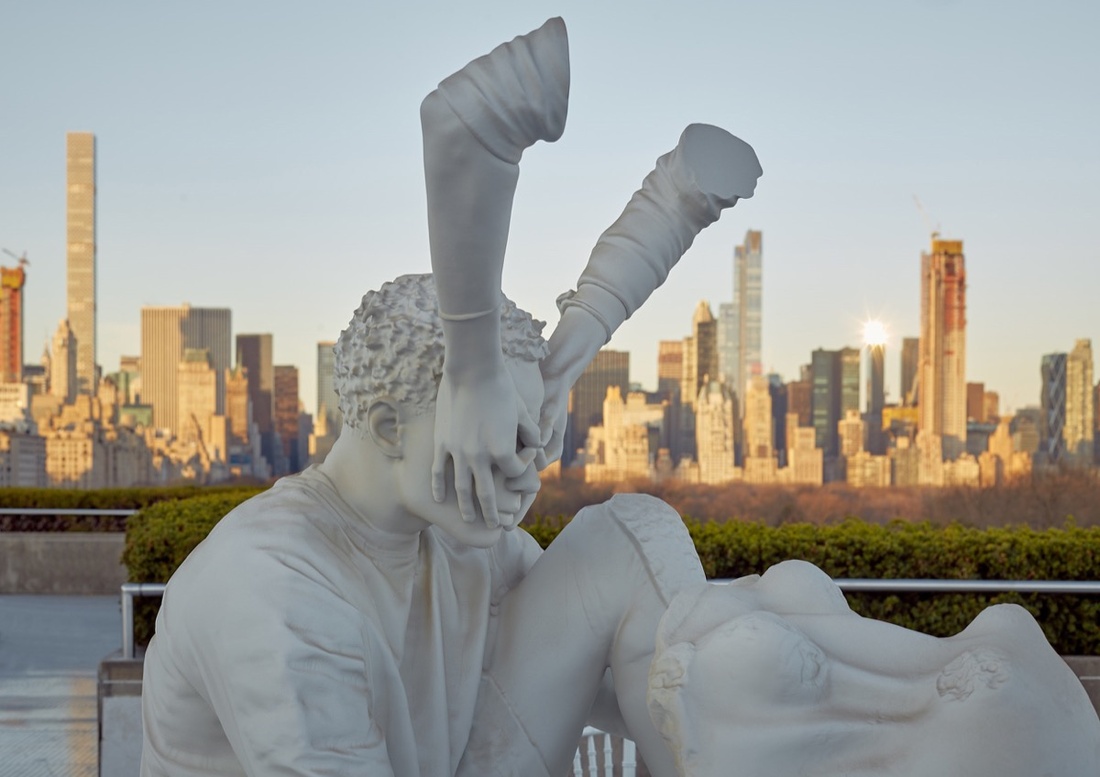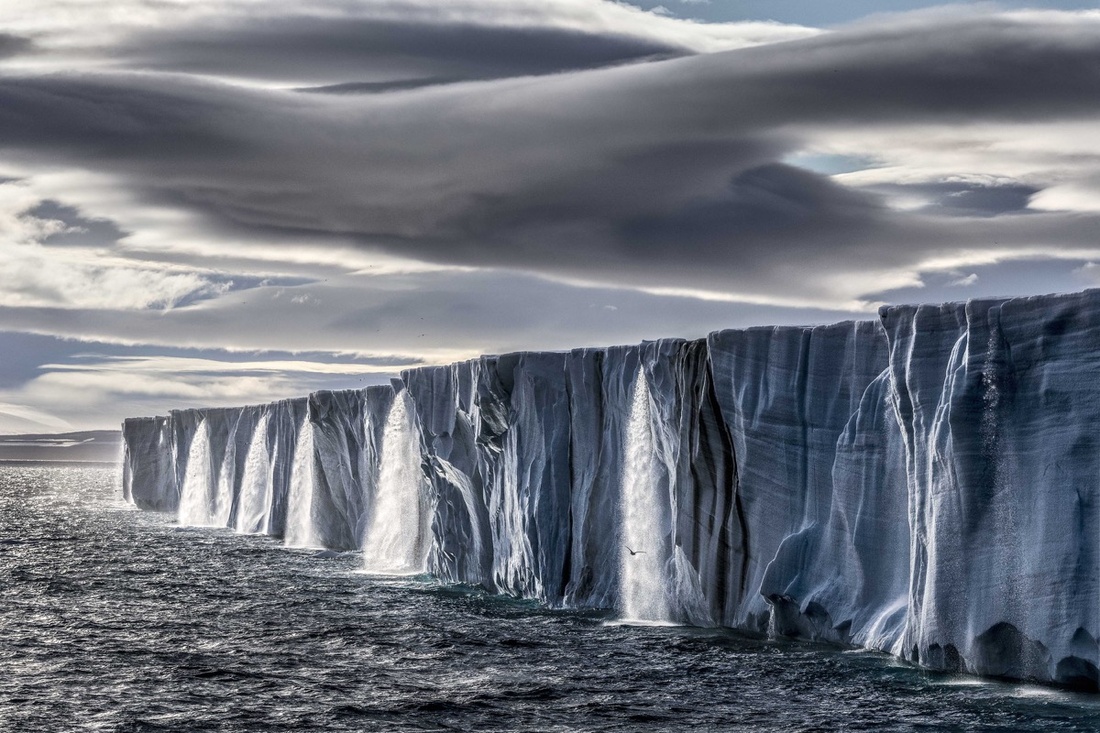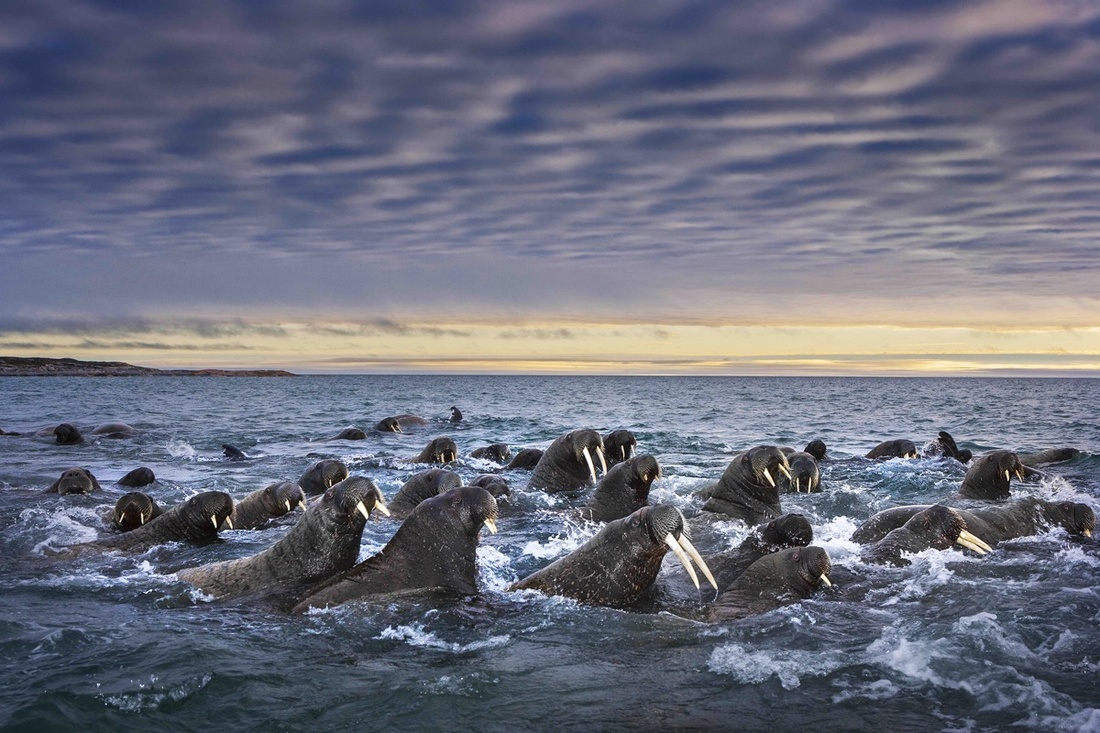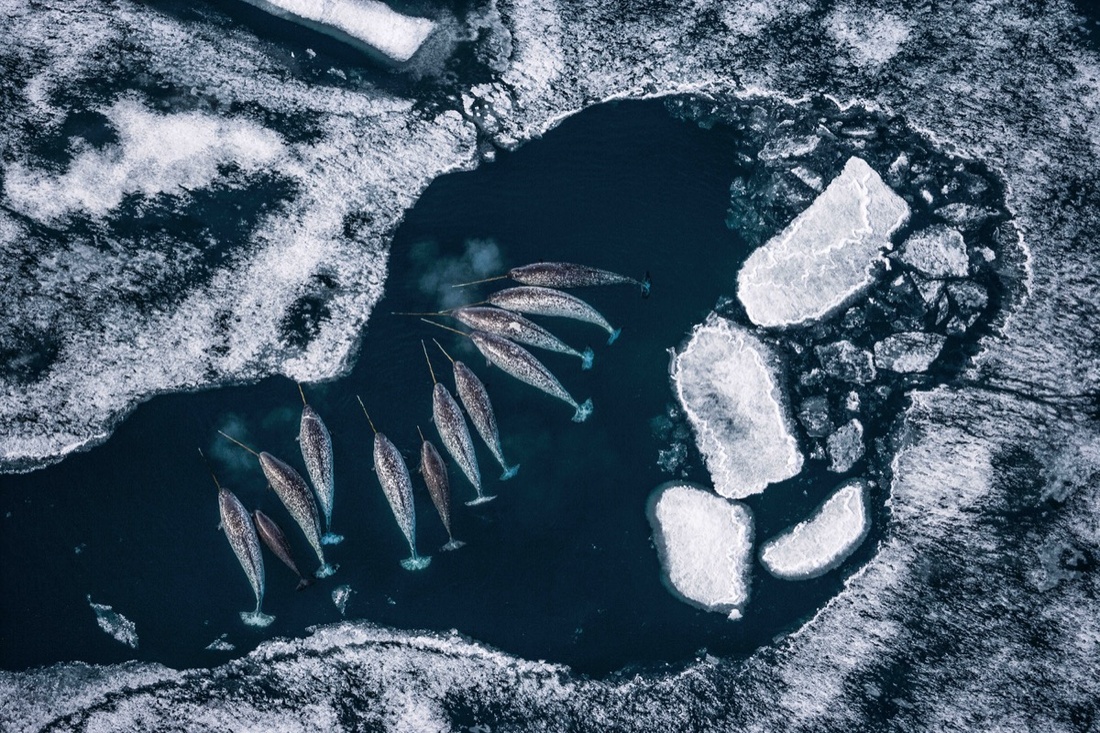How Galleries Support Their Artists
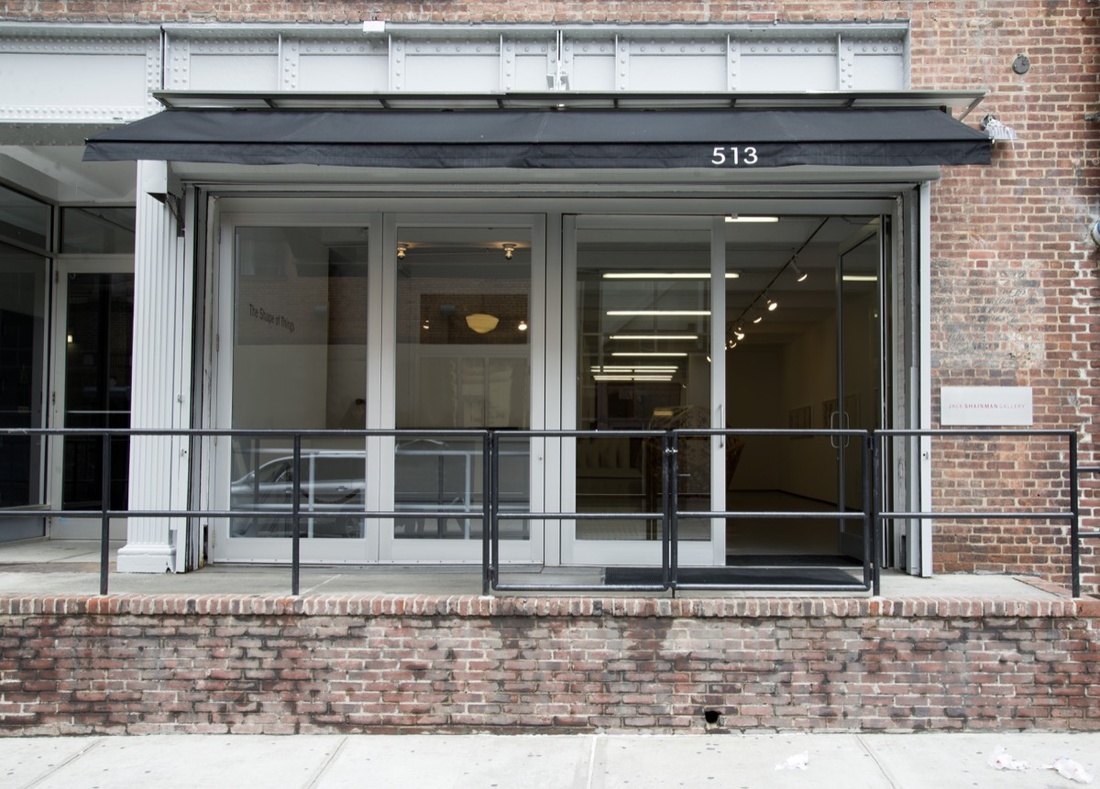 Exterior of Jack Shainman Gallery’s Chelsea location. Photo courtesy of Jack Shainman Gallery.
Exterior of Jack Shainman Gallery’s Chelsea location. Photo courtesy of Jack Shainman Gallery.
A regular reader of the news has likely seen headlines about a Damien Hirst show, a record price fetched for a Jeff Koons sculpture, or a new work of street art by Banksy. And there’s some visibility to the touchstones of an artist’s trajectory: group and solo shows at galleries, price appreciation and a good showing at auctions, and ultimately an appearance in a museum show or collection.
What’s less immediately visible to the wider world is the role that galleries play, and how a gallery itself becomes established. There are a handful of so-called “mega-dealers” whose names may be familiar even to those on the fringes of the art world, Gagosian, Hauser & Wirth, Pace, and David Zwirner among them. But galleries are still the beating heart of the art world, the mechanism through which many artists find their way to institutions, the world’s great collections, or just the homes of people who love their work.
Galleries have multiple roles, both visible and invisible: to incubate and support their artists, often by going above and beyond the normal work of putting on shows, promoting their artists, and selling the works; and to providing services such as financial management or book publishing, in order to help their artists focus more fully on their work.
“There’s the things that you see in our gallery that are in front of the scenes, which are obviously the exhibitions, the publications that we make, then there are things that are behind the scenes, which could be everything from working with an artist on their archives or working on research for an exhibition for years or maybe researching artworks that passed through the gallery in terms of secondary market,” says Julia Joern, a partner at David Zwirner.
Galleries come in all ages, shapes, and sizes too. Art Basel and UBS’s Art Market | 2017 report estimated there were roughly 296,000 dealers and gallery businesses in 2016. Just under 40% of them had annual sales of less than $500,000, while a similar share had sales totaling between $1 million and $10 million. Nearly two thirds of all galleries employed five or fewer people, and only 4% had 20 or more employees.
Regardless of size, at the core of a gallery’s identity is its “program.” The term generally refers to the roster of artists a gallery represents, but can also describe a conceptual framework or area of focus that guides that roster, as well as other activities such as collaborations with other galleries, performances and lectures, or fair appearances. Most will stress that their primary role is to facilitate their artists’ production of great work, in any way they can.
We spoke to representatives from three galleries of different sizes and ages, recognized for their strong programs, to learn more about how galleries serve their artists, evolve as institutions in their own right, and what it means for them to succeed.
Night Gallery
Night Gallery started in 2010 in a strip mall in Los Angeles’s Lincoln Heights neighborhood, and has since moved to roughly 5,800 square feet, spread across two spaces in the city’s gallery-heavy downtown. Founder and artist Davida Nemeroff initially opened the gallery with a roster of her peers, fellow Columbia University MFA students whose common thread, she says, is a visual language that references or critiques the popular vernacular. While it’s not necessarily obvious in each work, she sees it in the work of Rose Marcus, which often includes photographs of New York City landmarks or icons, or the signage that sometimes works its way into Mira Dancy’s figurative paintings.
In the early days, Nemeroff and her former partner Mieke Marple had a modest goal: Be able to hire a gallery assistant. Although Marple is no longer with the gallery, Nemeroff now has a staff of four full-time employees (not including herself), which allows her to spend more time outside of the gallery, including about 20 hours a week on studio visits with her artists as well as others she doesn’t represent. She also sees her role as helping ensure her artists are consistently engaged in work they’re excited about, and ideally achieving “breakthroughs.”
She also devotes a good deal of time to traveling and supporting artists in person, going to openings and shows in other cities, such as Winnipeg, Canada, and Durham, North Carolina. Especially for a younger gallery, collaborating with other galleries is “huge,” she says, helping create a “multicity support network” for her artists. It’s also part of her role to serve as an intermediary between her artists and the wider critical conversation.
“One of the strengths of any great gallerist is really knowing what’s going on in the scene and in the conversation,” Nemeroff says. “Knowing that will also help your artists be part of that conversation and leading the conversation.”
She’s also seeing more evidence that she and her team are doing something right: more sold-out shows, more placements of her artists into public collections and prestigious private collections, and acceptance into higher-profile art fairs. These are all assurances Night Gallery has come to be “regarded as a serious gallery, and not just a cool party gallery,” she says. But even as she savors what she and her team have accomplished, she knows there’s much more to do.
“It’s a battle,” she says. “I’m of the mindset that it could always be better and we could always do more and we could always sell more.”
Jack Shainman Gallery
Jack Shainman has garnered a reputation as a prescient advocate of artists whose works galleries and museums initially overlooked. He was struck early on by the intricate bottle-cap sculptures of Ghanaian artist El Anatsui(one hangs in the Met in its African hall), the depictions of everyday African-American life by painter Kerry James Marshall, subject of a recent retrospective at the Met Breuer, the photography of Malian artist Malick Sidibé, and other talents including Carrie Mae Weems, Hayv Kahraman,and Leslie Wayne. Senior director Tamsen Greene says that one thing unites the artists, in Shainman’s eyes: They’re all producing “extraordinary and innovative work that doesn’t look like anything we’ve ever seen before.”
Helping their artists realize their goals for the short, medium and long term can in some cases means turning down opportunities in favor of achieving long-range objectives, says Shainman. The critically acclaimed Marshall retrospective was one gratifying example, he says, representing the culmination of a intention he and Marshall set when they first began working together two decades ago.
“It’s always important to keep in mind the big picture, even when you’re getting approached with day-to-day inquiries, and constantly assess how everything has the potential to move that bigger picture forward,” he says. “Sometimes saying ‘no’ is the most responsible response.”
That approach extends also to placing artworks. After museums, the gallery prioritizes collectors who will be “excellent stewards” for the art. That means not “flipping” work at auction, but cherishing it and loaning it out for institutional shows when asked. The 25-person strong gallery also tries to ensure its artists get coverage in “the right types of critical press,” as Greene puts it, such as industry journals and catalogues.
The gallery’s expansion, too, has been more focused on cultivating a dedicated audience for its artists rather than explicitly going after new commercial markets.
One “watershed moment” Greene cites in the gallery’s growth was the 2014 opening of The School, a 30,000-square foot space in Kinderhook, New York, near where Shainman keeps a farm. The School puts on only two shows a year, and the dimensions of the space allow for larger works, including, says Greene, “one of the biggest photographs we’d ever produced,” a 160-inch by 276-inch work by Richard Mosse. As a destination, rather than one node on a Chelsea circuit, it also gives people “the mindspace to spend a lot longer up there,” which Greene says is more rewarding for the gallery and its artists.
David Zwirner Gallery
Throw a dart at a calendar and chances are you’ll hit a day when one of David Zwirner’s artists has a major museum show on somewhere in the world. The 24-year-old gallery represents major names such as Yayoi Kusama and Luc Tuymans, some of whom have been with Zwirner for decades. The gallery’s nearly five dozen artists run the gamut from the biggest names in minimalism, like Donald Judd and Dan Flavin, to figurative painters such as Marlene Dumas and Neo Rauch, to young artists like Oscar Murillo and Jordan Wolfson.
Partner Julia Joern says the gallery’s 150-person staff means it can offer its artists a huge array of services, such as archival help, research assistance, photography and publishing, and institutional (or museum) relations. Zwirner has two spaces in New York and one in London, with a fourth to open in Hong Kong in early 2018. But it wasn’t always like that.
For example, when Joern joined in 2008, she created an in-house photography and imaging department, which allowed flexibility as to where and when the gallery could organize shoots for upcoming shows, press coverage, artists’ books, and other purposes.
Similarly, a three-year-old in-house publishing arm is not necessarily a huge contributor to the gallery’s bottom line, but its existence is justified by allowing the gallery to produce books in the way it feels best serves its artists. Joern has commissioned art historians like Richard Shiff and Robert Storr to write essays and books for their artists, and most recently had The New Yorker’s Pulitzer Prize-winning cultural critic Hilton Als write the catalogue for the Alice Neel show he curated, “Uptown.”
The high-touch, multifaceted approach stemmed in part from the 2001 loss of Austrian sculptor Franz West to Gagosian, says Joern. That experience forced Zwirner to think seriously about how to grow his business to be able to better serve his artists.
“Of course we need to get to the point where we can justify [these investments] financially and operationally,” says Joern. “Everything goes hand-in-hand when you’re growing a business.”
Now, the breadth of the workforce means there are multiple types of expertise the gallery can call on. Some employees are gifted at managing young artists, while others have art history backgrounds or longstanding relationships with museums.
“Some of the staff that’s been with the gallery 10 years, 15 years, 20 years,” says Joern. “With that comes just incredible institutional knowledge about the artists, the museums, the business, and all of those intersections.”
With all this expertise at its fingertips, the gallery can position itself as one of the premier homes for the world’s most recognized artists, artists who also tend to command the market’s highest prices. A 2013 New Yorker article quoted Zwirner saying an estimate of annual revenue in the $225 million range was “low.”
—Anna Louie Sussman

